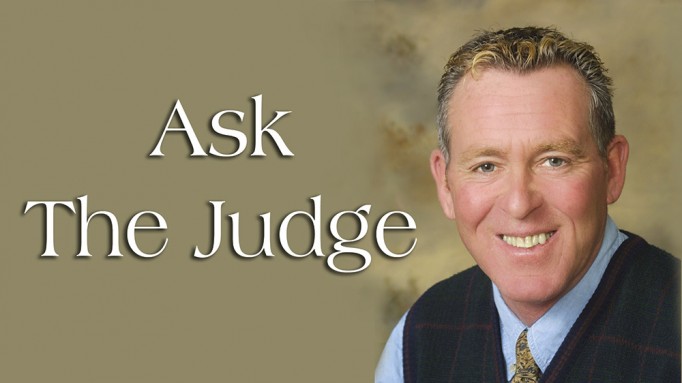I’m a handler in a model or line class. Where does the judge want me to stand so that I’m not obstructing his or her view?
I want you to stand directly in front of and slightly to the side, so that I have a direct line of sight to the front legs (the horse’s, not yours). It is critical that you remain stationary and not dodge or guess where I want to look next. This only serves to make my job more difficult; I know what I am looking for and can find it easier without distraction.
At the end of an under-saddle class the judge asks us to walk and line up. I often see others do a final pass at the trot – should I do this?
No. Walk does not mean trot. I am specifically watching for a proper, mannerly walk to the line-up and then, finally standing still. I have my order of placing, so don’t disobey the command!
At the end of an equitation course is it okay to reward my horse for a good performance with a pat?
Sorry, but no. You should hold onto the reins with both hands and wait until you exit the ring before rewarding your mount.
During a hunter over fences class, a tree branch blows down in front of the jump and spooks my horse. Should I pull up, or just proceed?
If you pull up, I will allow you to retake the jump with no penalty. If you decide to proceed and finish, then I have to determine the severity of the spook and allow as much as I can.
Four riders are called back and the ride-off test is announced. The riders are then asked to turn and face out of the ring. Do you think this is a good idea?
I think this is an excellent idea, because it ensures that no rider has an advantage by watching the others perform, which can quickly let them know what they have to do. It is critical that you always go over the course, understanding how the jumps are numbered, before going back. Once the test and the sequence of jumps is announced, you will have no one to confirm the short course for you.
What is the expectation for horses lined up in the centre of the ring after a flat class? Will a squarely halted horse in a frame place better than another if the rest of the performance was equal?
At this point, I already have my order before the line-up, which is impossible to organize if all performances are equal. Being squarely halted is not part of my criteria. I am quickly looking to double-check my numbers and to ensure that the horses are not misbehaving. Pawing, not standing still, kicking out or rearing will cause me to make some final adjustments. I would suggest that the smart rider who suspects their mount may get excited and won’t stand still at this stage will simply walk out of line and make a small circle, possibly petting the horse before trying to line up again.

